The Virb X and XE were first announced in April 2015, after Garmin recognized that “without data, it’s just video,” which has become the springboard phrase to market their latest contribution to the action cam market. Targeting action sports enthusiasts who thrive on knowing every piece of data about their sport, they have developed a high resolution compact video camera that also captures a variety of metric data that can be viewed and published in real time as the video progresses.
This device is complex, and I could spend most of my article discussing all the nuances of the features for each discipline (you can get an idea in the promo video above). Instead, this review focuses on the principal features common to mountain biking specifically, and the pros and cons of the VIRB devices. For more information on the VIRB X and XE, click here.

Features
The heart of the video data is captured by G Metrix(tm), a state-of-the-art GPS and accelerometer system designed to capture a plethora of data that spans multiple sports. For biking, you can record distance, speed, heart rate, cadence, and hang time–then view that data, along with a map, using the free Garmin software.

Video and Picture Mode
Enabling Video Mode is super easy, which is a plus when you are trying to keep your eyes on the trail. Just flick a switch on the top, and the video will start recording automatically. Though not the highest resolution action cam on the market, the VIRB X and XE shoot a clear 1080p at 60fps with the capability of capturing 12MP stills at 30fps, and the ability to hit a button to take a photo while actively shooting video at the same resolution the video is set at.

Testing
Garmin sent me the VIRB XE along with a 16GB card and a variety of mounts, including a separate combo mount, reviewed separately. I used this to film and shoot still photos at elevations ranging from approximately 6,000 feet to 12,500 feet with temperatures ranging from the mid-70s to 10 degrees Fahrenheit. The camera was tested for a period of approximately 3 months over hundreds of miles of trail use, including at gravity bike parks involving jumps and high speed. Below is a comprehensive list of what I liked, and didn’t like, about the VIRB XE.

Pros
- Data–Ultimately this camera is for people who like to incorporate data into their video footage. Garmin designed G-Metrix(tm) to cover a wide spectrum of sports and activities, although some accessories will need to be purchased (usually sold as bundles) in order to unlock the full power of this device. Specifically, Garmin markets the data capture to the following captive audiences:
- Aviation–aircraft altitude, velocity, g-force, and track angle/heading
- Boating–water depth, apparent wind angle, apparent wind speed, and true wind speed
- Automotive–speed, engine RPM, torque, engine fuel rate, and track shape
- Outdoor–elevation, temperature, and heart rate
- Mountain biking–a combination of some of the above
- Slow Motion–The VIRB XE not only can capture fast 1080p resolution at 60fps, it can also record 240 frames-per-second slow motion video. I did not have the opportunity to test this feature much, but it is a great option for versatile video sequences

A photo using interval timer at 12.4MP of Singletracks cofounder Jeff Barber at Agate Creek. This photo is crystal clear, but other photos during the same ride were not - Design–The VIRB XE is a rectangular box-shaped camera with a little heft to it (without being heavy), and is clearly well-made. The rugged flat black stealth casing is also made of a high quality polymer that held up to rugged testing in a wide range of temperatures and humidity.

Rugged and durable, the VIRB XE withstood normal trail abuse during the testing period - Waterproof–Unlike many competitors, the casing is waterproof to 50 meters, allowing easy button controls and presumably clearer audio and video. Charging contacts are also weatherproof for charging in the elements.
- Burst Capability–Both the VIRB X and VIRB XE offer a burst shooting mode that will capture several photographs in quick succession, allowing you to choose the frame that you want for high-speed subjects.
- Software–the software is basic, but easy to use and very user-friendly. You can quickly import video from the VIRB or your desktop and start editing in less than a minute. Best of all, it’s free, and you can download it here.
- Software Gauges–The VIRB software allows users to add preset gauges, graphs, and track shapes to video in a variety of combinations, including a custom setup using the free Gauge Building Tool.

There are tons and tons of gauges, graphs, and overlays to customize your data presentation on the screen: everything from engine temp to hangtime to rotations in the air. Sweet. - Multiple Mounting Options–Garmin includes several mounts to put the VIRB on the handlebar, seatpost, or other parts of your bike to position it at odd angles for interesting footage. The VIRB is also compatible with virtually all existing GoPro mounts, which is a real bonus if you already have a stack lying around.
- Bluetooth-Enabled Viewing–The VIRB cameras can connect wirelessly via Bluetooth for headset and microphone use in order to capture audio in high definition.
- WiFi Connectivity— By downloading the free Garmin VIRB 3.7 app for your smartphone, you can link your smartphone via wifi to the VIRB. This allows you to control some features of the VIRB remotely via wifi, and it is actually easier to change VIRB settings (such as FPS rate or still resolution) via the phone than putzing through the LED menu on the camera. You can also use the Pro Mode features a lot more easily, such as manipulating the color curve, exposure bias, and white balance.
- Camera Locator–You can also use the “Locate Camera” button on your phone to find your camera if it goes missing–pressing it causes the camera to beep loudly and flash red and green. There is another button in the main menu that illustrates the exact position of the camera using latitude, longitude, a compass, and distance–though when I tried it, the distance was really inaccurate. Fortunately I never lost the camera when testing, so I cannot attest to how well this works in the field.
- Image Stabilization–The VIRB XE is equipped with Image stabilization, which seemed to help quite a bit on rough trails–though admittedly I did not film on the trail without it (it seemed pointless since the feature was available).

Virb Editing software is basic but with a lot of fun features. You can crank out a pretty decent video in minutes. - Auto Rotation–Personally, this is one of my favorite features. The VIRB automatically rotates the video to the “up” position when filming, so if you place this upside down on your bars or saddle to film, it makes editing a lot easier than manually rotating every video.
- Desiccant–every camera that I have used at some point develops a foggy lens when filming in really wet conditions. Garmin was nice enough to actually include the moisture-absorbing desiccant granules to help prevent this. These need to be placed inside the camera, of course, on wet days, but it is a nice touch.
Cons
- Video Mode–Despite a very simple manual video switch, once you switch video to the “on” position, it still takes 8-10 seconds before the counter starts and the video is recording. This seems like a long time, and I personally missed several shots because the video just didn’t start recording fast enough. The inability to shoot in 4k, and capture hi res stills from 4k video, is somewhat of a drawback as well.
- Poor/Inaccurate Metering–Video quality overall was excellent, but I will admit that quality took a hit when the VIRB was filming fast action 1080p and 60fps. In addition, the white balance seemed really fickle–a small change in light, snowflake, or leaf falling would change the white balance dramatically from shot to shot on interval photo timer. Also, lower light situations seemed to produce poor and inaccurate colors.

Interval still shot on a bright sunny day. Unsure why the VIRB chose to grossly underexpose this scene, and correcting it during editing produced very grainy results with terrible color temps (see below) 
Similar photo corrected as best as possible using Adobe Lightroom 4, but the photo remains grainy and has inaccurate colors. 
This still photo was taken minutes apart from others that turned out terrible. This raw image was “normal,” illustrating inconsistent metering. - Manual Not Included–The VIRB shipped with a short “User Guide,” but did not include a comprehensive manual explaining how to capitalize on all of the VIRB’s features. In fact, the sum of all video and photo instruction was contained on two tiny pages in the user guide–which was cursory at best. I have a lot of experience with POV cameras, but even after testing this device for three months I feel like there are features I have yet to figure out. Someone who is naive to POV functionality, editing software, and WiFi/Bluetooth app connectivity would undoubtedly have a really hard time maximizing all of the VIRBs finer qualities.
- Reliability–One of the most important features anyone should look for in a camera is reliability–some shots you never want to miss. I am not sure if it is a problem germane to my test VIRB XE, or to other users, but several of my still shots (that I’m certain I took) were never captured, because there were not in the folder after shoots. This did not occur with video, but it was disheartening since those images are apparently lost forever.
- Lack of Viewfinder–If you purchase the VIRB, hopefully you are aware that the camera does not come equipped with a viewfinder, which is a “con” only if you are used to using one. You can, however, use your smartphone or tablet as a viewfinder, but that may be too cumbersome in the field.

The VIRB lacks a viewfinder, and the LCD menus can be complicated to use if you are in a hurry. - Charging–although having a weatherproof connection for charging is a bonus in some situations, using (and losing) a proprietary cable to do the charging is a hassle. Honestly, several times I left the dead VIRB at home because I could not find the charging cable in time to juice it up before a shoot. The option to connect via mini/micro USB on the inside would be much appreciated.

The proprietary charging cable is a pain to use: difficult to attach and easy to misplace - Battery Life--Official battery life is reported as 2.5 hours, but I never got even close to this unless I rarely turned it on (then, what is the point of having it?). The battery seemed to drain significantly faster than other POV cameras I’ve used, especially in the cold. Purchasing extra batteries would be mandatory if you plan on taking this on an epic adventure.
- Accuracy–GPS accuracy, grade %, and elevation sometimes appeared to be way off from what I was experiencing. The data overall seemed close to reality, but point-by-point data may not reflect the trail cordinates/grade/elevation you are riding at any given second.
- Software–The free VIRB software is easy to use, but as I mentioned, it is very basic. It took me a while to figure out how to capture stills from video, for example. Advanced users may find the software frustrating when syncing the supposedly data-rich .fit file video footage to link to Garmin or Basecamp maps. In actuality, using a .gpx file from another GPS device, such as a Garmin Edge, will probably produce more accurate data (in a less frustrating manner) to sync to the video (but you need to sync the Edge and VIRB before you ride, because doing it while editing is a nightmare).

I captured this still of Singletracks writer Helena from VIRB video using the editing program, but note the poor resolution of the still even when shot at 1440p. The ability to shoot and capture from 4k would have produced significantly better still shot results. Of note, I was actually panning this shot, so motion blur should have been minimized
To illustrate an example of the wildly fluctuating metering, here are some still photos I shot using the interval timer at 12.7MP. Keep in mind that these images were all shot within five minutes of one another, on a relatively flat but bright snowy afternoon, with unchanging light conditions (the last of the three photos is the most accurate):
Test Video
Here is a quick edit I did, which took about 10 minutes with various overlays, titles, fonts, colors, etc., to show you the variety of things you can do with the VIRB Edit software. Note that the GPS was turned “off” for some of the videos (by accident), so that is why there is no data in the G-Metrix(tm) fields. All were shot at 1080p at 60fps.
Conclusion
The Garmin VIRB XE is an extremely sophisticated piece of equipment with a user-friendly interface so that you can capture the action without a lot of fiddling around with buttons. I know many of you will be comparing this either to the GoPro Hero 3+ or 4, or to the previous VIRB cameras, and honestly it all comes down to what you want in a POV camera. The VIRB is a powerful, easy-to-use tool steeped in features, but at the expense of video quality and inconsistent metering. It can also be difficult to figure out how to unlock many of the features, but when you do, the VIRB is an amazing camera that can do what no other POV can. I have mixed feeling about this camera; despite testing it for three months, I still feel like I am learning how to use it. Nevertheless, the average novice consumer should be able to just pick this up and use it—but unleashing its potential takes a lot of time and effort… almost too much.
MSRP: $399








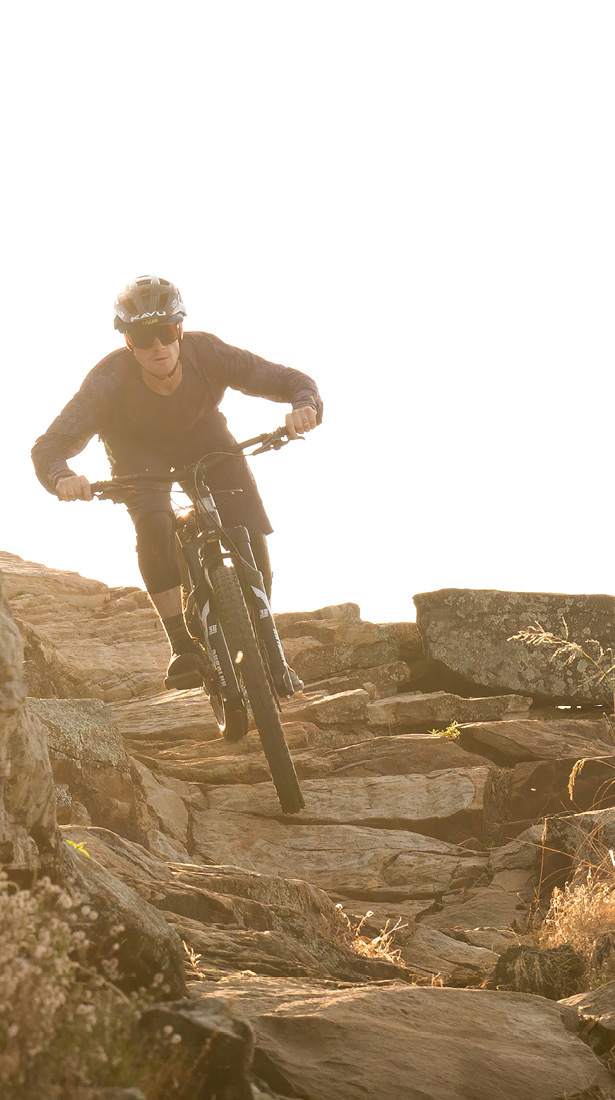

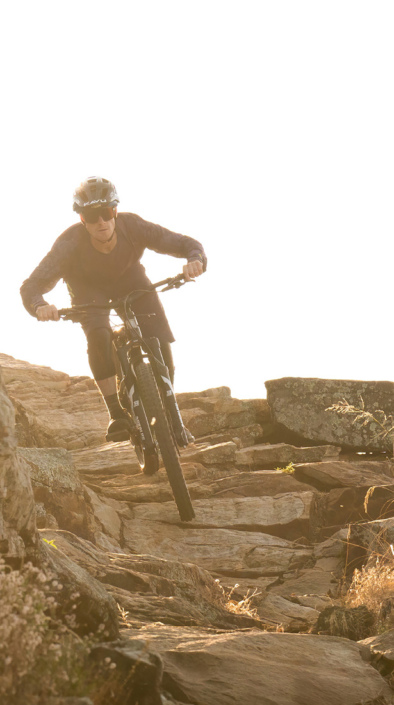


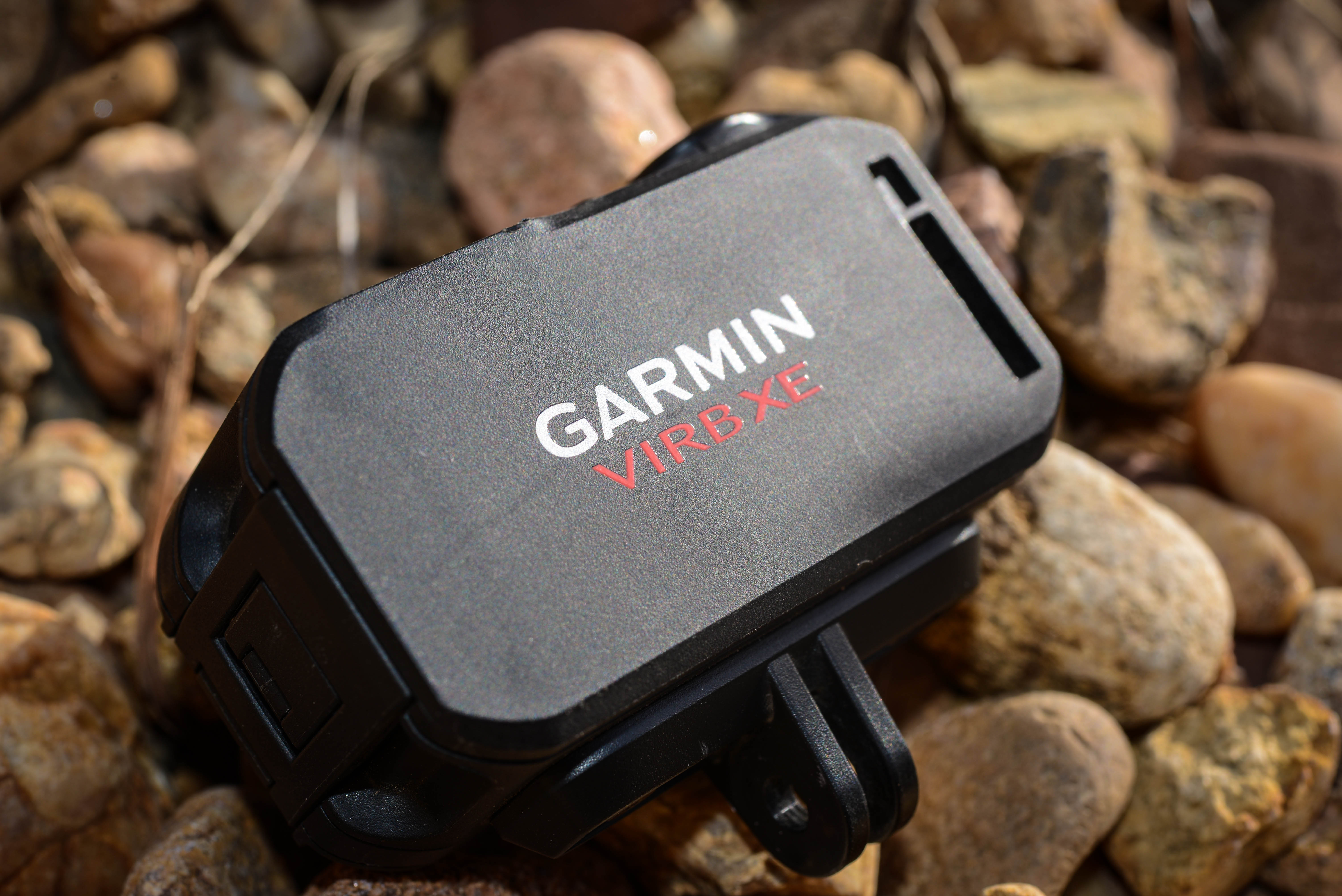






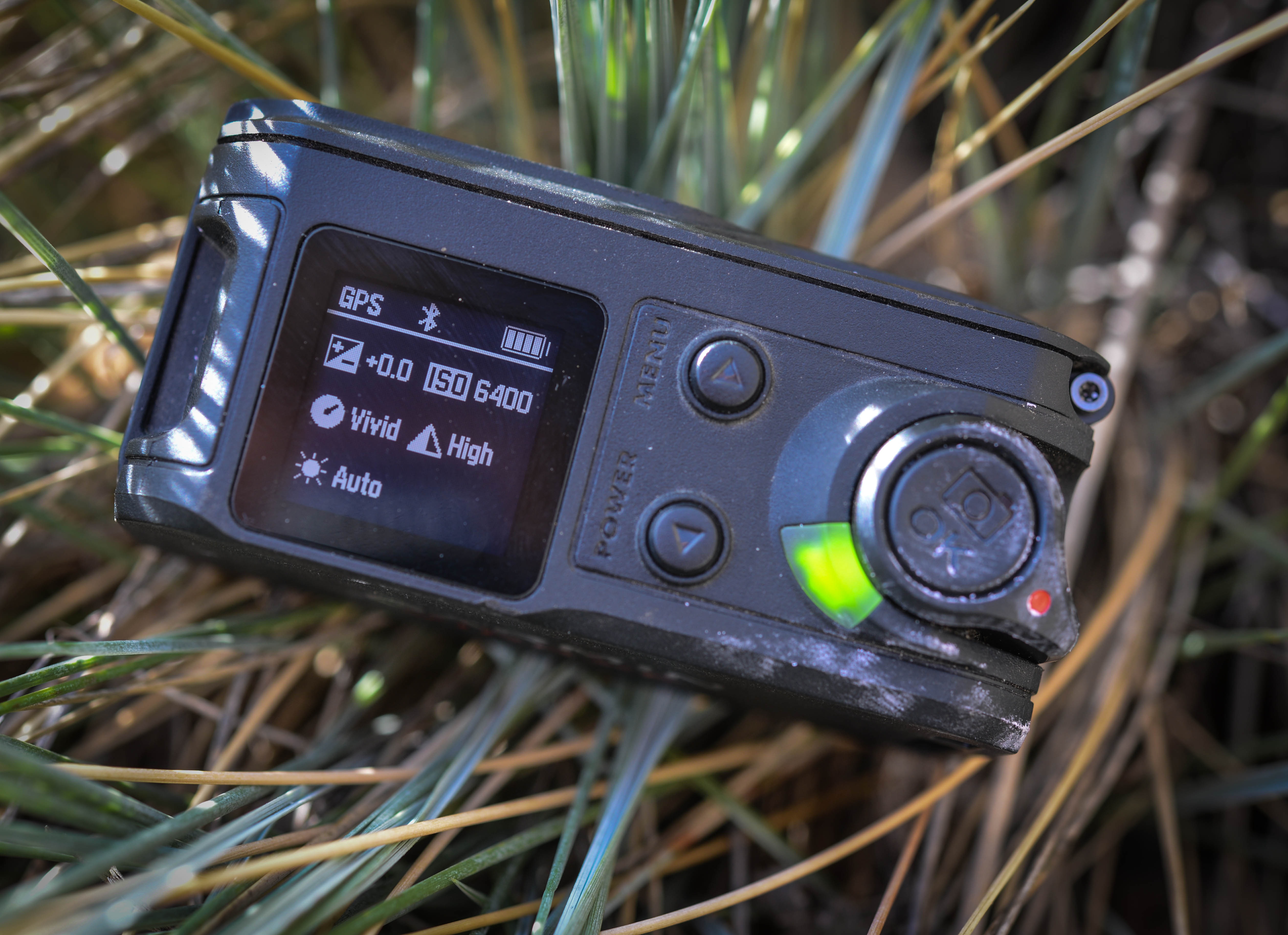

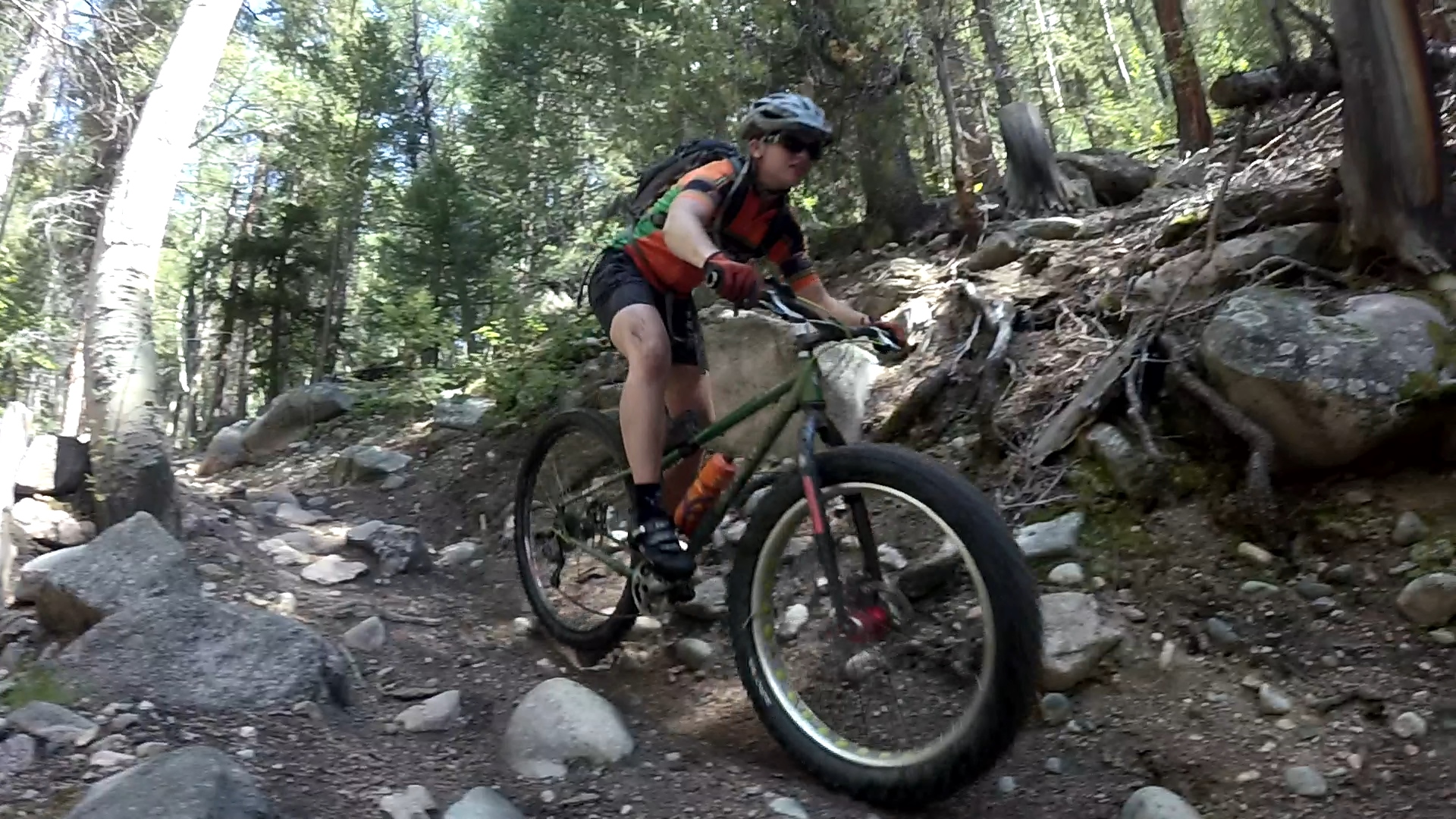







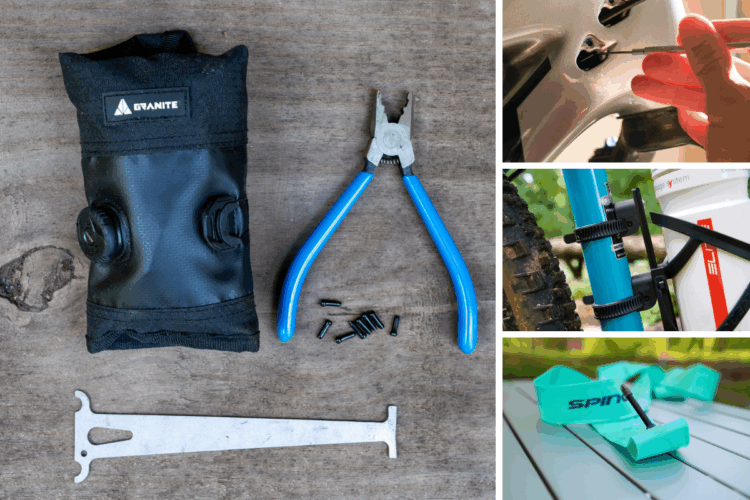
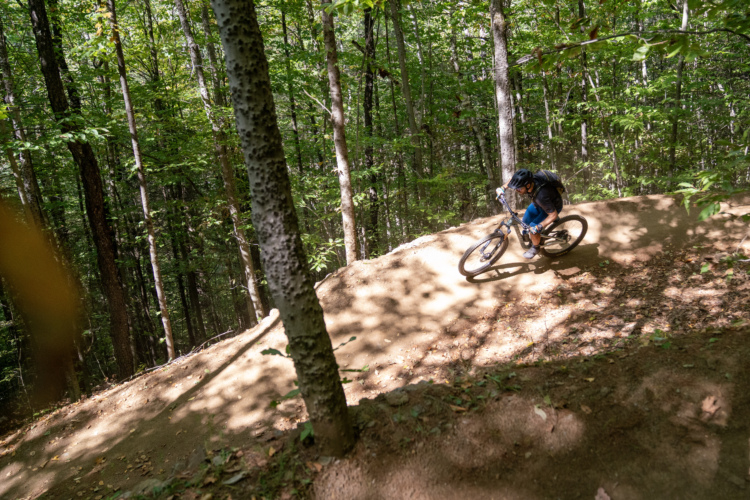

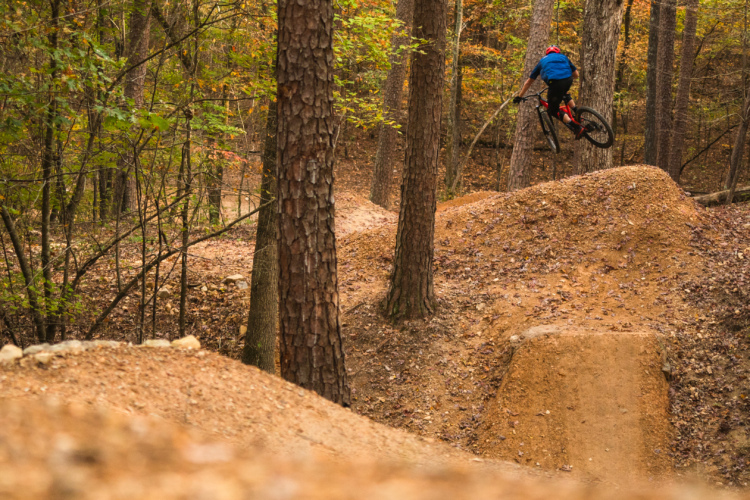

1 Comments
Feb 19, 2016